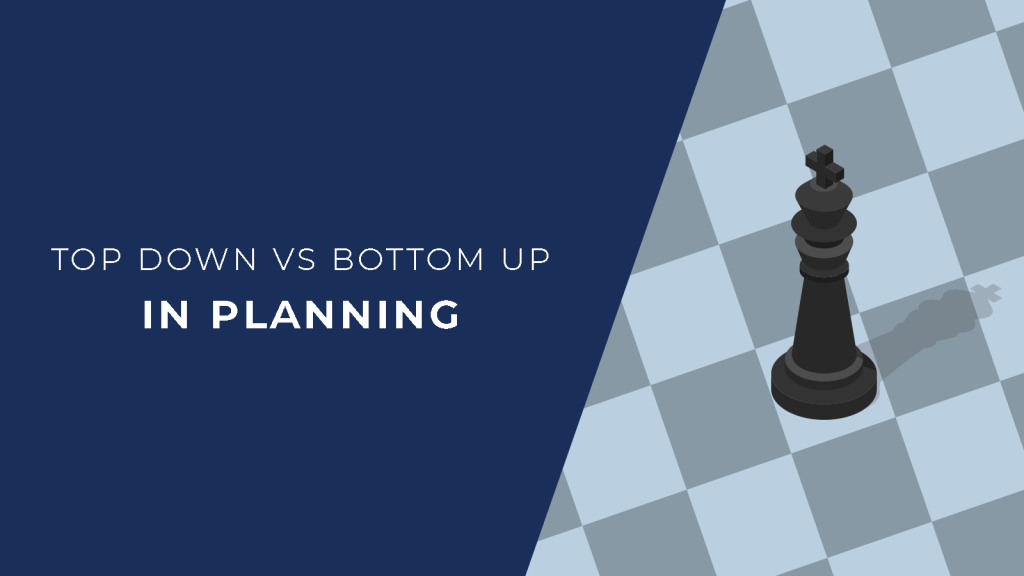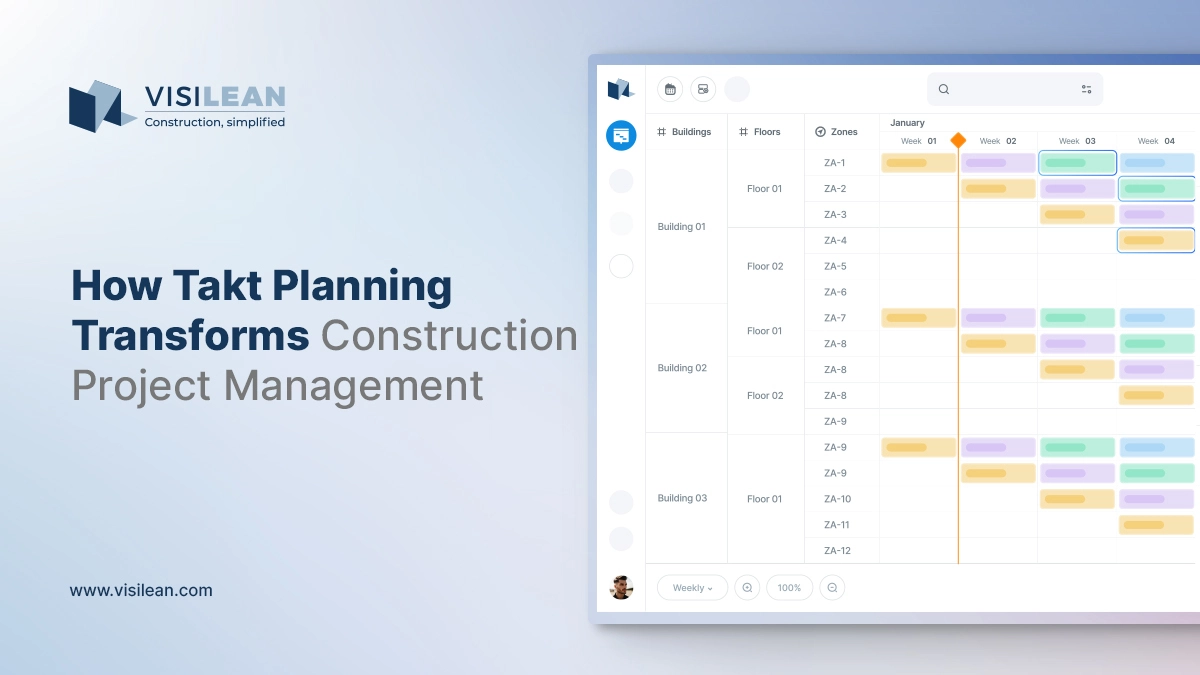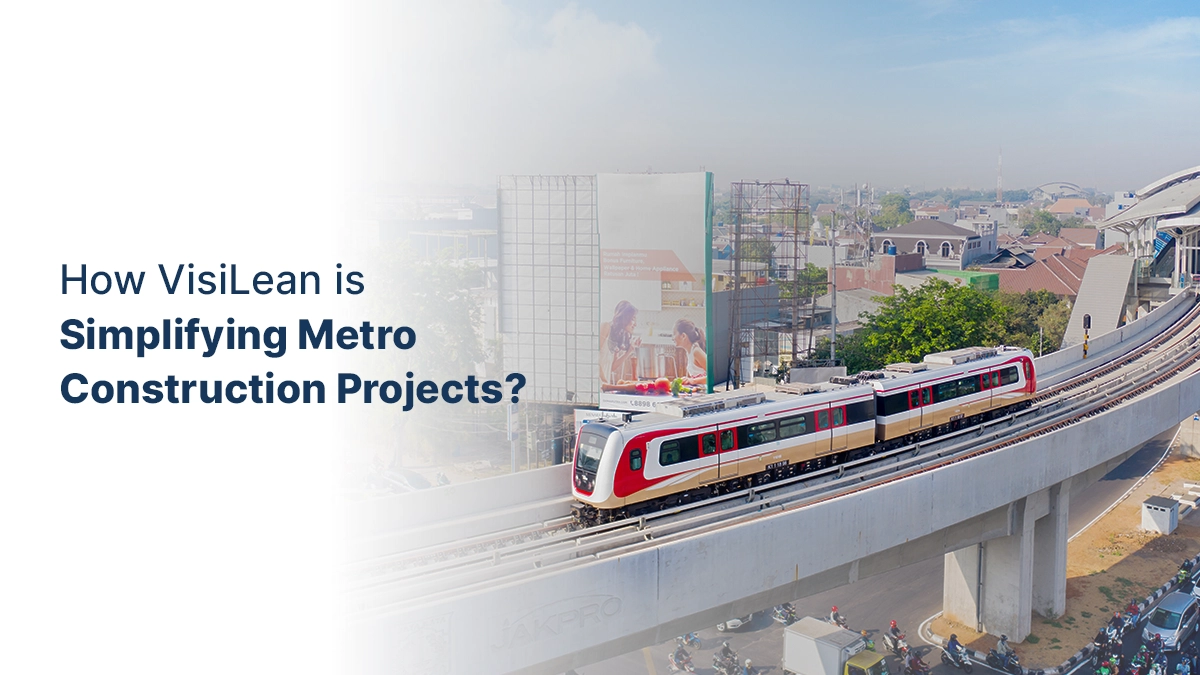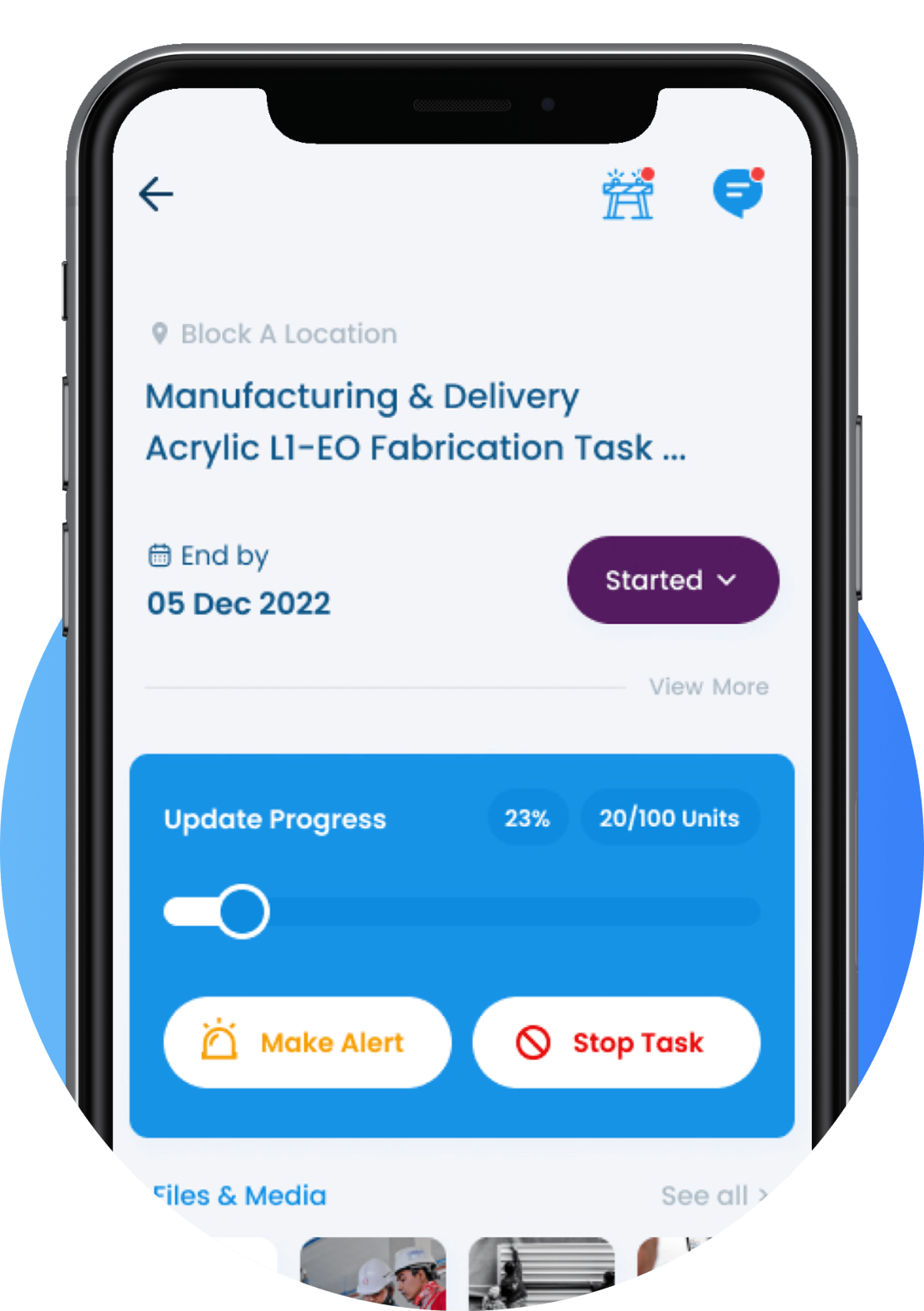In the past two decades, I have closely observed the planning processes, scheduling, and execution across both construction and software projects. One key observation is the evolving debate between the top-down approach (push) and the bottom-up approach (pull) to planning, each with its advantages and disadvantages depending on the industry and project environment.
Top-Down vs Bottom-Up Planning: A Shifting Paradigm in Construction
The construction industry is moving beyond traditional top-down planning methods like the Critical Path Method (CPM). Introduced in the 1950s as a mathematical scheduling tool, CPM brought structure and clarity to project timelines. However, its rigid, deterministic approach often fails to reflect the dynamic realities of construction sites. Today, Lean and collaborative planning methods like the Last Planner® System (LPS) (short-term planning) are gaining ground, offering more adaptive and realistic ways to plan—driven by team input, flexibility, and real-time decision-making.
Top-down planning ensures alignment with company goals and provides a unified vision—but may lack the agility to respond to on-ground challenges. This is where the true pros and cons of both approaches surface. The advantages of top-down planning lie in its structure and control, but the disadvantages of top-down planning include its rigidity and lack of adaptability. Conversely, the disadvantages of bottom-up planning can include a lack of cohesion if not aligned with overall objectives.
Challenges and Cultural Variations in Project Planning
Different cultures address this balance differently. In our experience, on European projects, the top-down planning strategy—often represented by Master schedules—is treated as a high-level guideline, allowing field teams flexibility. However, in Indian projects, we often see a strong push from senior management to reconcile site activities with the Master Plan, creating added pressure to conform to predetermined interdependencies and critical paths.
Regardless of location, the need to harmonise both planning styles remains a universal challenge. To effectively manage large-scale projects, organisations must adopt a planning approach that integrates both perspectives.
How VisiLean Bridges Strategic and On-Ground Planning
That’s where VisiLean steps in. Designed to support both top-down and bottom-up planning, VisiLean allows a high-level Master Plan to coexist with detailed, field-driven lookahead and weekly schedules. These two layers are not isolated; they are fully integrated, giving decision-makers a clear, real-time view of progress aligned with company-wide goals.
With VisiLean, teams are no longer limited to watching progress in the rearview mirror. Instead, they are empowered to make informed, forward-looking decisions using live data that connects planning processes across the organisational hierarchy—from senior management to individual departments.
As we look to the future, the integration of artificial intelligence into these systems will further enhance our ability to forecast, plan, and execute projects with precision. Tools like VisiLean are already laying the foundation by creating bridges between the two planning mindsets, offering the advantages of top-down clarity with the responsiveness of bottom-up execution.







